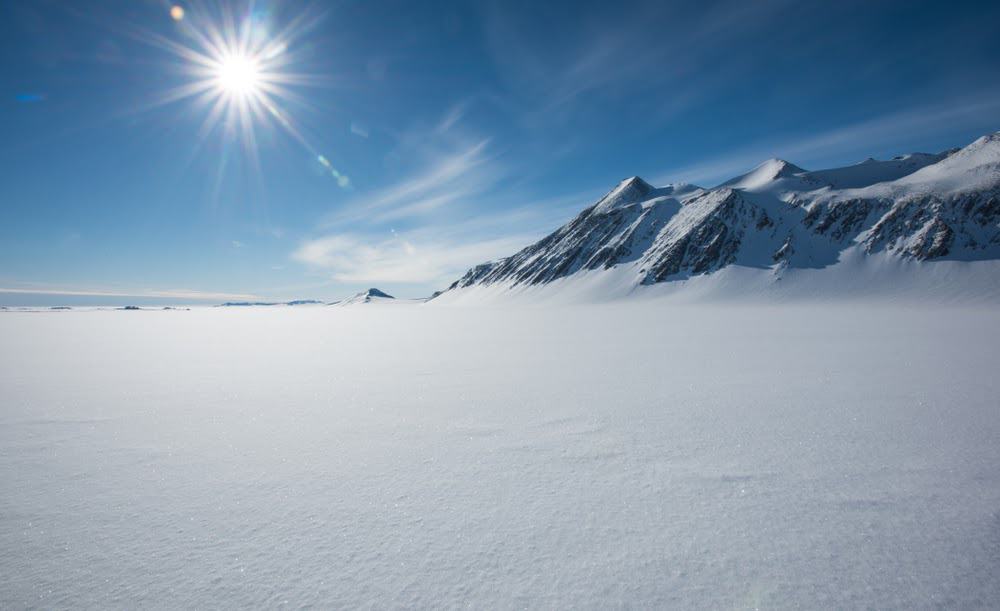Antarctica is a place of extremes. Its temperatures have plunged to nearly 130 degrees Fahrenheit below zero, yet it is also experiencing some of the worst effects of climate change and global warming. It is covered in snow and ice, yet much of it is a desert that receives little to no snowfall each year. It has a diverse population of people from approximately 30 countries at any given time, yet all of its residents are scientific researchers who are working under an international treaty. It even has mountain ranges that are completely buried by snow and ice.
Believe it or not, Antarctica is home to an array of life forms, some of which are unique to its dry, cold environment. Some researchers there study the plant and animal life to see what it can reveal about earth’s distant past and what life may be like if it exists elsewhere in the universe.
Antarctica also has landforms and geographic features that seem to be better suited to another planet, because they do not resemble anything else on earth. There are bodies of liquid water that flow underneath the continent’s massive ice sheets because they are warmed by geologic activity underneath the earth. Want to learn more about this fascinating and extreme continent? Keep reading!
Antarctica Is The Driest, Coldest Place On Earth

The seventh and most southernmost continent holds several world records, including the coldest temperature ever recorded and the least amount of precipitation, including snow. The coldest temperature that human-made instruments have ever recorded was 128.56 degrees Fahrenheit below zero – that’s equal to 89.6 degrees Celsius below zero! It was recorded at the Vostok research station in Antarctica.
The aptly named Dry Valleys, located in Antarctica, are the driest place on earth. They have so little precipitation that, despite being on the frozen continent, they have almost no snow or ice on them.
